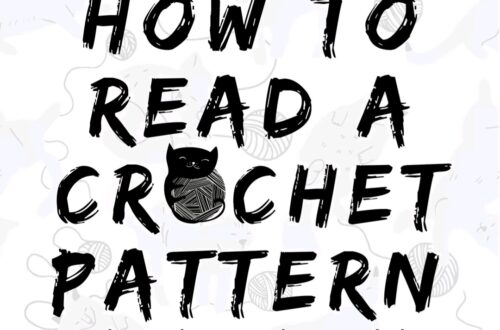A few weeks back, I attempted to learn to crochet my bucket hat by reading this pattern I found online. I found it to be a little frustrating and confusing. However, I thought I would try it again since it will be useful for future projects. I realized that the abbreviations would be handy as I tried my second attempt at a cotton bucket hat. Since I was exploring with adjusting the size of my hat, I needed to write down what I was doing as I went along. My reasons being: 
- I wanted to keep track of my rows and stitches.
- I might want to make this hat again with the same measurements.
- I can make bigger or smaller hats based on this one.
I also wrote down the hook size, yarn weight, and yarn type I was using for this project, now knowing that these factors affect the final size and texture. I figured this would be useful because I had noticed a key difference between materials; my first hat, made with acrylic yarn, required fewer rows to reach the same size as the one made with cotton. Keeping track of these details helped me understand how different yarns behave and made it easier to adjust future projects accordingly.
Learning Crochet Language
After I finished my cotton bucket hat, I decided to learn more about reading crochet patterns and the abbreviations that are commonly used. I found this really helpful article on how to read crochet patterns!

It not only includes information on abbreviations, but it goes into detail about symbols. I learned that symbols are used in crochet patterns as well. For example:
- Parentheses ( ) typically indicate a set of stitches that need to be completed as a group.
- Asterisks * are used to mark stitches or actions that need to be repeated, so you don’t have to write them over and over again.






One Comment
Carys Moffatt
I love how organized you are throughout your process. Keep up the great work!